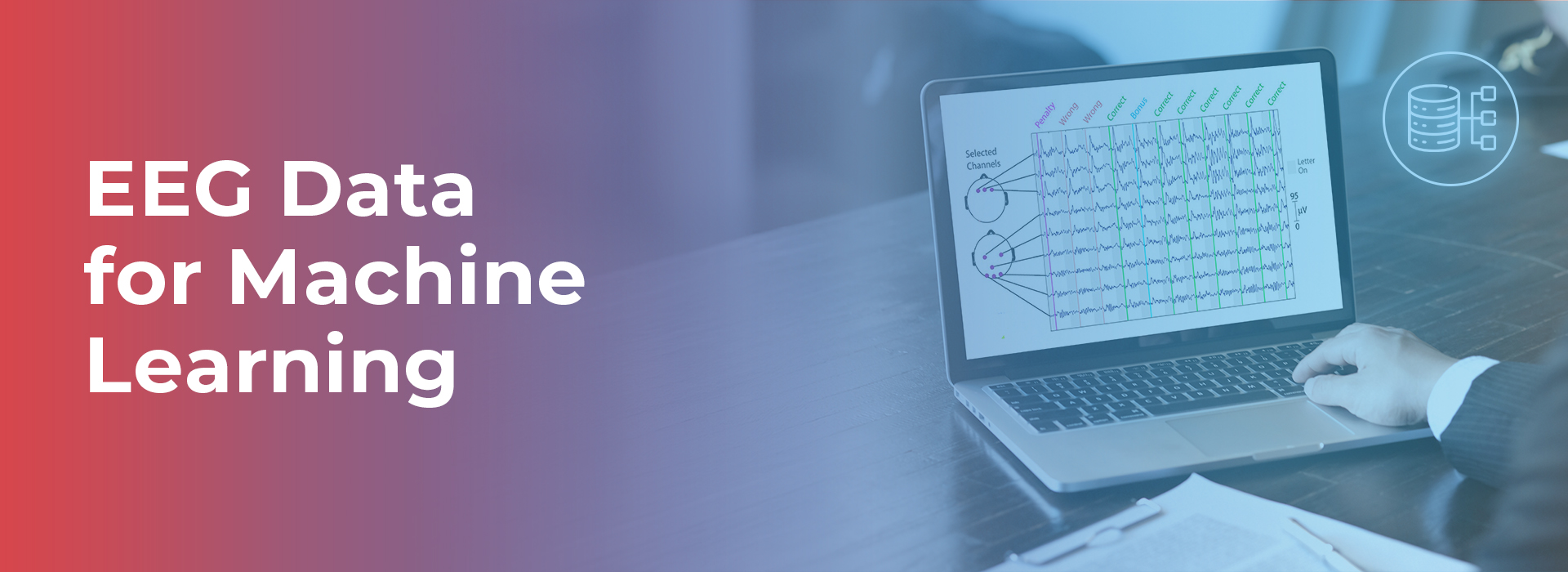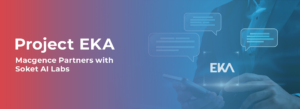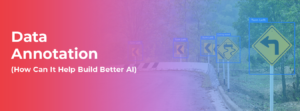EEG Data as the New Goldmine for Machine Learning
Ever wondered what your brainwaves could reveal about your thoughts, emotions, or potential neurological conditions? Well, the answer lies in EEG data! Electroencephalogram (EEG) data—a fascinating mix of electrical activity recorded from your brain—has transformed how researchers and data scientists analyze cognitive processes. And guess what? It’s revolutionizing the field of machine learning too!
Whether you’re a Data Scientist exploring new datasets, a Machine Learning (ML) enthusiast looking for inspiration, or a researcher tackling challenges in neurotechnology, EEG data has something for everyone. This blog covers everything you need to know about leveraging EEG data in machine learning. Let’s get started!
What Is EEG Data and Why Should Data Scientists Care?
Simply put, EEG (Electroencephalogram) data is a graphical representation of the brain’s electrical activity, measured via electrodes placed on the scalp. These electrodes pick up oscillating electrical signals—aka brainwaves—that reflect different mental states like focus, relaxation, or stress.
But here’s the kicker—working with EEG data is no walk in the park. Why? Because it’s raw, noisy, and heavily influenced by movements like blinking or muscle activity. For machine learning pros, though, it’s golden data waiting to be mined for game-changing insights.
Key Characteristics of EEG Data
- Temporal Precision: EEG provides high temporal resolution, letting you capture brain activity down to the millisecond.
- Frequency Bands: EEG signals are split into distinct frequency bands like Alpha, Beta, Theta, and Delta, each linked to different mental states. Cool, right?
- Complex Patterns: Reading EEG isn’t as simple as reading a line graph! The patterns are intricate and often need advanced algorithms to interpret.
Challenges with EEG Data
You’re pumped! But hold on—there are a few hurdles before you start feeding EEG data into your ML models:
- Noisy Data: External movements and interference can skew results.
- High Dimensionality: Each electrode generates a time series. With dozens of channels, the volume of raw data can be overwhelming.
- Complex Preprocessing: Cleaning EEG data requires sophisticated techniques like filtering, wavelets, and Fourier analysis.
Applications of EEG in Machine Learning
Here’s where things start to get really exciting! EEG data isn’t just a neuroscience thing. It has a broad spectrum of applications in machine learning that excite researchers and developers alike.
1. Cognitive State Monitoring and Neurofeedback
Imagine a world where your computer detects when you’re tired and offers a break. Cognitive state monitoring, powered by EEG data, allows just that! From detecting focus levels in students to helping athletes manage peak performance, this use case is one to watch.
- Machine Learning Role: Models like RNNs (Recurrent Neural Networks) are great for time-series EEG data, predicting users’ cognitive states in real time.
2. Brain-Computer Interfaces (BCIs)
Brain-Computer Interfaces? That’s straight out of science fiction, right? Well, not anymore. BCIs allow people to control devices—think wheelchairs or even drones—just with their thoughts!
- Machine Learning Role: Algorithms extract EEG features and translate them into actionable commands via classification models like SVMs (Support Vector Machines) or CNNs (Convolutional Neural Networks).
3. Predicting Neurological Disorders
EEG is a key tool for diagnosing epilepsy, sleep disorders, and even early signs of dementia. Machine learning models analyze patterns within EEG data to spot anomalies before symptoms become severe.
- Machine Learning Role: Predictive models such as Decision Trees and Random Forests yield life-changing applications here.
Prepping EEG Data for Robust Machine Learning Models
Getting clean, meaningful EEG data is half the battle in any ML project. Follow these essential steps for success!
1. Filtering and Denoising
EEG data is inherently noisy, so filtering out unwanted signals is crucial. Popular techniques include:
- Bandpass filtering to isolate specific frequency bands.
- Removal of artifacts like muscle noise or blinking using Independent Component Analysis (ICA).
2. Feature Extraction
Want your machine learning model to shine? Focus on extracting killer features. Some go-to methods include:
- Time-Based Features: Mean amplitude or standard deviation of an EEG segment.
- Frequency-Based Features: Power spectral density for specific brainwave bands.
- Nonlinear Features: Entropy measurements to capture EEG complexity.
3. Data Augmentation
Since EEG studies often involve small datasets, data augmentation is a lifesaver. Techniques like noise injection, time warping, and generating synthetic data using GANs (Generative Adversarial Networks) can help.
From Data to Predictions: Implementing ML with EEG
Now comes the fun part—training machine learning models on EEG data!
Best Algorithms for EEG Analysis
- Support Vector Machines (SVM): Great for small EEG datasets with clear separation between classes.
- Recurrent Neural Networks (RNN): Ideal for capturing temporal dependencies in sequential EEG data.
- Convolutional Neural Networks (CNN): Excellent for learning spatial and temporal features effortlessly.
Case Studies
- Epilepsy Detection: A CNN-based model analyzed EEG segments with remarkable 92% accuracy in identifying epileptic seizures.
- Real-Time Neurofeedback: A startup built an ML-powered BCI app that enhanced meditation by giving users instant feedback on their focus levels.
- Driver Drowsiness Detection: A hybrid EEG-RNN approach helped predict drowsiness in drivers, reducing the likelihood of road accidents.
Future Trends in EEG and Machine Learning
The future of EEG in ML looks breathtaking, with some serious innovation on the horizon.
1. Emerging EEG Devices
Wearable EEG headsets are becoming accessible to the average consumer, paving the way for broader application in everyday life.
2. Multimodal Data Integration
Why limit yourself to EEG? Combining EEG with other physiological data, like heart rate or eye tracking, unlocks even deeper insights.
3. Advanced ML Techniques
Reinforcement learning and unsupervised learning methods could allow previously unimaginable personalization and prediction with EEG data.
Harness the Potential of EEG with Macgence Data
EEG datasets continue to transform advances in artificial intelligence and machine learning. And here’s where Macgence can help. Whether you’re building your first predictive model or refining advanced systems, Macgence provides high-quality EEG and related datasets to train groundbreaking AI/ML models.
Get started today!
FAQs
Ans: – EEG data offers high temporal resolution, providing a real-time window into brain activity. This, combined with ML algorithms, opens opportunities for innovative applications like BCIs and medical diagnostics.
Ans: – Support Vector Machines (SVMs) work well for classification problems, while CNNs and RNNs are ideal for capturing EEG’s spatial and temporal features.
Ans: – Companies like Macgence offer high-quality EEG datasets tailored for ML applications. Explore their offerings to kickstart your project.
You Might Like
February 28, 2025
Project EKA – Driving the Future of AI in India
Spread the loveArtificial Intelligence (AI) has long been heralded as the driving force behind global technological revolutions. But what happens when AI isn’t tailored to the needs of its diverse users? Project EKA is answering that question in India. This groundbreaking initiative aims to redefine the AI landscape, bridging the gap between India’s cultural, linguistic, […]
March 7, 2025
What is Data Annotation? And How Can It Help Build Better AI?
Spread the loveIntroduction In the world of digitalised artificial intelligence (AI) and machine learning (ML), data is the core base of innovation. However, raw data alone is not sufficient to train accurate AI models. That’s why data annotation comes forward to resolve this. It is a fundamental process that helps machines to understand and interpret […]
March 6, 2025
Vertical AI Agents: Redefining Business Efficiency and Innovation
Spread the loveThe pace of industry activity is being altered by the evolution of AI technology. Its most recent advancement represents yet another level in Vertical AI systems. This is a cross discipline form of AI strategy that aims to improve automation in decision making and task optimization by heuristically solving all encompassing problems within […]
March 5, 2025
Use of Insurance Data Annotation Services for AI/ML Models
Spread the loveThe integration of artificial intelligence (AI) and machine learning (ML) is rapidly transforming the insurance industry. In order to build reliable AI/ML models, however, thorough data annotation is necessary. Insurance data annotation is a key step in enabling automated systems to read complex insurance documents, identify fraud, and optimize claim processing. If you […]


 Previous Blog
Previous Blog







